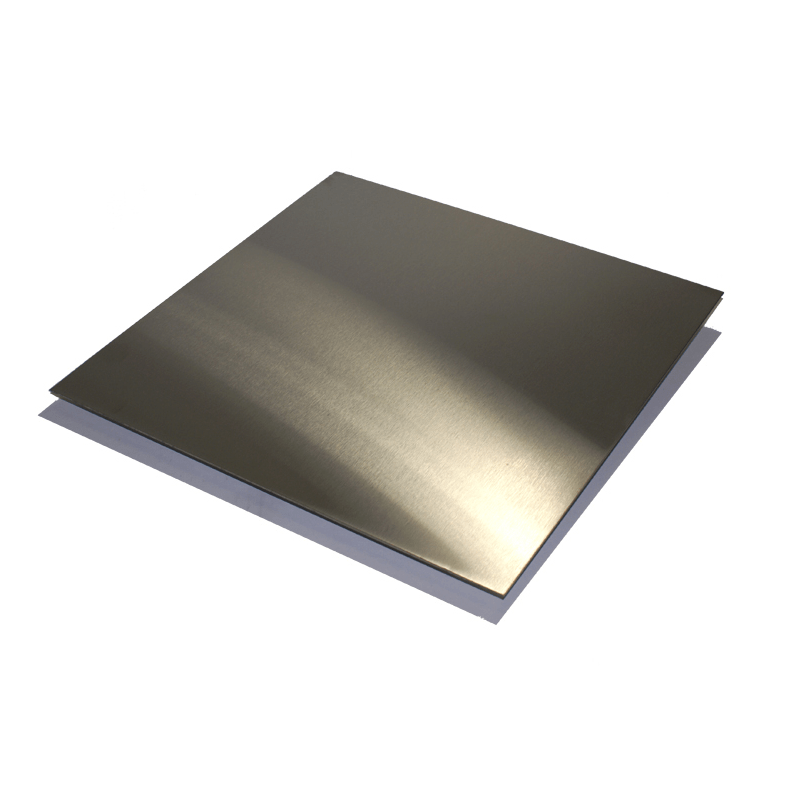
316 and 316L stainless steels are both austenitic stainless steels with similar corrosion resistance and mechanical properties, but they have some differences primarily in their carbon content and applications. This comparison will outline their chemical composition, properties, corrosion resistance, welding characteristics, and typical applications.
1. Chemical Composition
The primary difference between 316 and 316L is the carbon content.
Table 1: Chemical Composition
| Element | 316 Stainless Steel | 316L Stainless Steel |
|---|---|---|
| Chromium (Cr) | 16-18% | 16-18% |
| Nickel (Ni) | 10-14% | 10-14% |
| Molybdenum (Mo) | 2-3% | 2-3% |
| Carbon (C) | ≤ 0.08% | ≤ 0.03% |
| Iron (Fe) | Balance | Balance |
2. Mechanical Properties
Both grades exhibit similar mechanical properties, but the lower carbon content in 316L often leads to better resistance to corrosion and better weldability.
Table 2: Mechanical Properties
| Property | 316 Stainless Steel | 316L Stainless Steel |
|---|---|---|
| Yield Strength (MPa) | 290 – 600 | 290 – 600 |
| Tensile Strength (MPa) | 580 – 750 | 580 – 750 |
| Elongation (%) | 40% or higher | 40% or higher |
| Hardness (Rockwell B) | 70-90 | 70-90 |
3. Corrosion Resistance
Both grades offer excellent corrosion resistance in various environments, but 316L has an advantage in certain applications due to its lower carbon content, which reduces the risk of carbide precipitation and intergranular corrosion.
Table 3: Corrosion Resistance
| Corrosion Type | 316 Stainless Steel | 316L Stainless Steel |
|---|---|---|
| General Corrosion | Very good | Very good |
| Pitting Resistance | Excellent | Excellent |
| Stress Corrosion Cracking | Moderate | Better resistance |
| Intergranular Corrosion | Possible if improperly welded | Lower risk due to lower carbon content |
4. Weldability
Weldability is an important factor in the selection of stainless steel grades for construction.
Table 4: Weldability Comparison
| Feature | 316 Stainless Steel | 316L Stainless Steel |
|---|---|---|
| General Weldability | Good, but needs care to avoid carbide precipitation | Excellent, lower carbon reduces risk of carbide formation |
| Pre-Weld Treatment | Generally not required | Generally not required |
| Post-Weld Treatment | May require annealing to restore properties | Generally does not require post-weld treatment |
5. Applications
The choice between 316 and 316L often depends on specific application requirements, especially regarding corrosion resistance and welding conditions.
Table 5: Typical Applications
| Application Area | 316 Stainless Steel | 316L Stainless Steel |
|---|---|---|
| Marine Applications | Boat fittings, marine hardware | More commonly used for submerged applications where corrosion is critical |
| Chemical Processing | Tanks and piping for various chemicals | Preferred in environments with chlorine and high salinity |
| Food and Pharmaceutical Industry | Food processing equipment | Preferred for hygienic applications; less likely to corrode or rust |
| Welding Fabrications | Structural applications requiring high strength | Used for thin-walled sections to reduce distortion during welding |
| Oil and Gas Sector | Valves, piping, and equipment | Used in environments exposed to corrosive media |
Summary of Differences
| Feature | 316 Stainless Steel | 316L Stainless Steel |
|---|---|---|
| Carbon Content | ≤ 0.08% | ≤ 0.03% |
| Corrosion Resistance | Good, with potential for intergranular corrosion | Better due to lower carbon content |
| Weldability | Good, but care needed | Excellent, reduced risk of corrosion |
| Cost | Generally lower | Slightly higher due to lower carbon content and greater alloying |
| Applications | General purpose applications, marine | Chlorine and high salinity environments, food/pharma industries |
Conclusion
Both 316 and 316L stainless steels are excellent choices for applications requiring high corrosion resistance and good mechanical properties. The selection between them typically revolves around the specific environmental conditions and requirements like welding or susceptibility to intergranular corrosion.
- 316 Stainless Steel is suitable for a wide range of applications, but care must be taken during welding and in corrosive environments.
- 316L Stainless Steel offers enhanced resistance against intergranular corrosion and is preferred for more demanding conditions, especially when welding is involved.
Selecting the right grade is essential for ensuring the performance and longevity of components in various industries.
